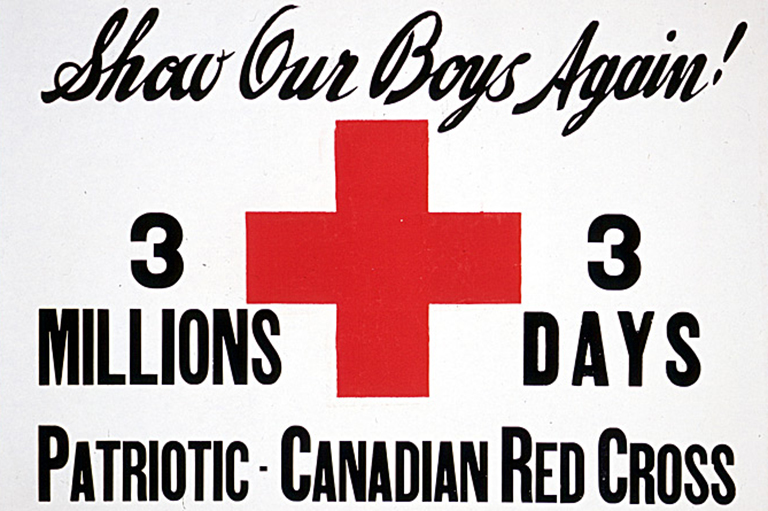Expo 67 Consolidation Lesson
This lesson is part of the Expo 67 Unit Plan and is inspired by the article “Mission Impossible” in the June-July 2017 issue of Canada's History magazine.
Grade Levels: Grades 9/10
Subject Area: History, Social Science
Lesson Overview
Note: This is one of three examples in the Expo 67 Unit Plan. If required, please see the Unit Plan overview.
This activity is to be done throughout the course at the end of each unit. It serves as an acquisition portion of the overall final summative and can also be used as a unit overview.
Students will add to the wall (digitally or physically) selecting primary documents which correspond to the themes already established. A separate EXNO area will highlight those images that these exhibits often try to hide.
Students will also analyze their primary sources using Historical Thinking Concepts.
Time Required
150 minutes
Historical Thinking Concept(s)
This lesson plan uses all six historical thinking concepts. This includes: establish historical significance, use primary source evidence, identify continuity and change, analyze cause and consequence, take historical perspectives, and understand the ethical dimension of historical interpretations.
Learning Outcomes
Students will continue to identify defining moments (continued from previous lessons) leading to the final objective of creating an Expo 2017 display.
Students will:
- Identify the concepts that best define the Expo 67 experience (Remembering)
- Evaluate relevant primary /secondary data associated with unit (Remembering)
- Inquire deeply into the unit experience by designing inferential questions (Understanding)
- Summarize the unit experience from multiple perspectives (Understanding)
- Contrast varying perspectives of the unit (Understanding)
- Transfer/compare/contrast their understanding of the unit and Expo 67 to a twenty-first century context (Applying)
- Develop new understandings of selected defining twentieth century Canadian events, people, ideas for significance (Applying)
- Compare and contrast significant changes over time in twentieth century Canada, as compared to the ideals espoused by Expo 67 (Analyzing)
- Identify social, political, economic, cultural motives/causes for Expo 67 based in the unit (Analyzing)
- Prioritize/rate/rank events in twentieth century that contributed to ideals espoused by Expo 67 (Evaluating)
- Explain the importance of Expo 67 in defining a new vision for Canada and how the events of the unit contribute to that vision (Evaluating)
- Deduce and explain the absence of those voices not represented/well represented at Expo 67 and of the unit’s era (Evaluating)
- Estimate the importance/impact/influence of Expo 67 on a new vision of Canada for the twenty-first century and how the events of the unit impact that vision (Evaluating)
- Create informed judgements on the role/place/significance of Expo 67 in twenty-first century Canadian history (Synthesize)
- Propose their own key Canadian defining moments worthy of the ideals espoused at Expo 67 and demonstrate them through creative media (Synthesize)
- Begin to consider how to design/construct/build their own Expo 2017 as compared to the Expo 67 experience, 50 years hence using the defining documents of each unit (Synthesize)
Lesson Activity
- Students will be familiar with the themes presented at the beginning of the course in reference to Expo ’67 (Minority Voices; British and American Influence, Canada & the Global Community, Canadian Identity, Industry, Invention & Technology, Women, etc.).
- They will have also been introduced to Historical Thinking Concepts (Significance, Evidence, Perspective, Cause and Consequence, Continuity and Change and Ethical Dimensions).
- In small groups, students will search for and choose primary source documents (can be images or short documents) that can be added to the EXPO or EXNO wall. Each group will select one image for each of the above themes. For example: if the unit completed is the First World War, a picture of a nurse at the front could be an example of gender roles.
- Students will complete the Canadian Images Expo Organizer which analyze these images. Students will analyze these images using Historical Thinking Concepts.
- This process can be done at the end of each unit or mini-unit. It can serve as a step toward the acquiring and banking of information for the final summative and as a review of the unit itself.
Materials/Resources
Themes associated with this article
Advertisement




